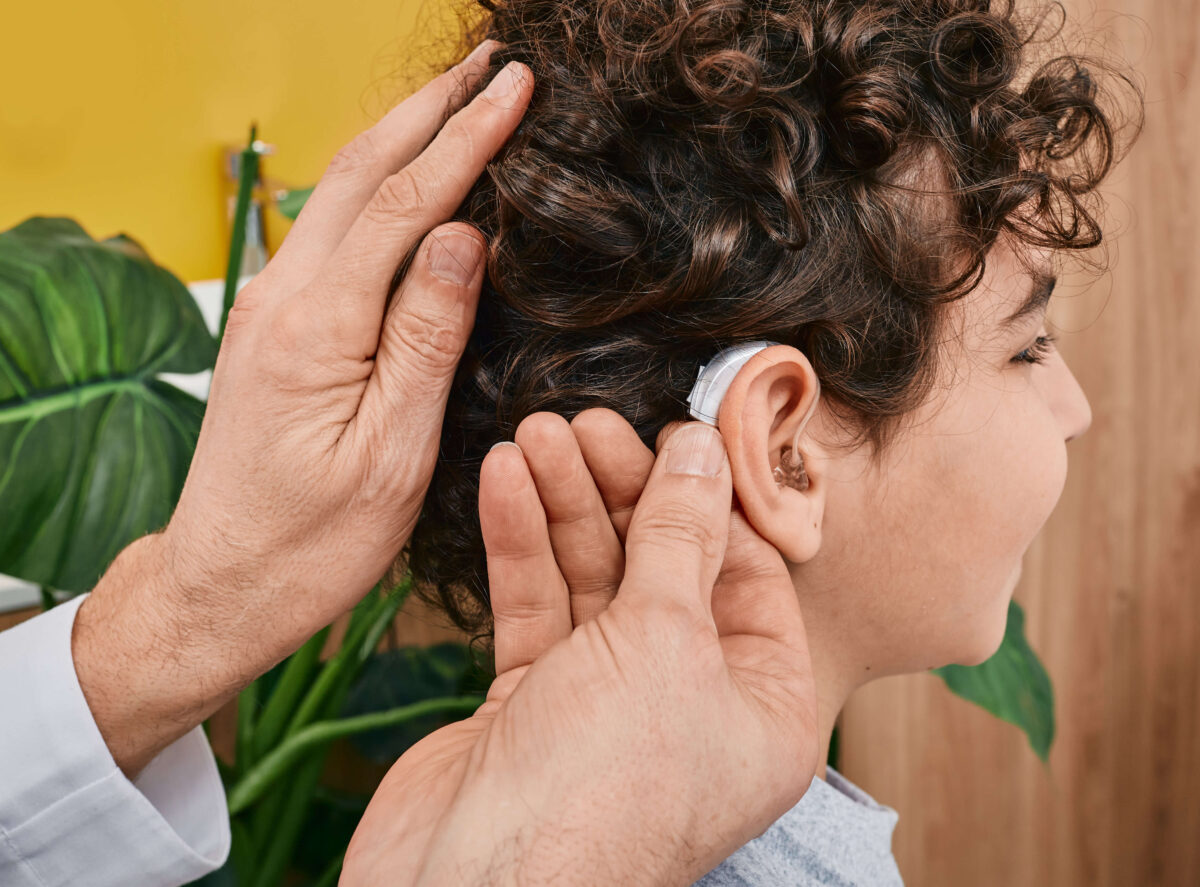
How to Have Hearing Aids Fitted
Hearing aids can enhance one’s ability to hear and communicate. However, their effectiveness largely depends on how well they fit a person’s ears. A proper fit helps:
- Improve sound clarity
- Prevent discomfort
- Reduce feedback and whistling
- Ensure the longevity of the devices
Investing time in the fitting process ensures that the hearing aids work optimally and are comfortable to wear daily.
Preparing for a Hearing Aid Fitting Appointment
To make the most of the fitting appointment, preparation is key. Here are a few steps to ensure readiness:
- Get Hearing Test Results: A hearing health professional needs an audiogram, a chart that shows the results of a hearing test. This will provide essential information about hearing loss and the best hearing aid option.
- Discuss Lifestyle: Consider daily activities and environments. Is a lot of time spent in noisy places? This can include listening to a lot of music or watching TV. Sharing these details will help the professional understand what is needed from the hearing aids.
- List Questions and Concerns: Write down any questions about hearing aids. For instance, ask about battery life, maintenance, or what to do if the hearing aids stop working properly. Having these questions ready can ensure that all the information needed is gathered for the appointment.
The Steps of a Hearing Aid Fitting
The fitting process typically involves several key steps to ensure that the hearing aids are perfectly tailored to the user.
Initial Assessment
The appointment will start with a thorough assessment. A hearing health professional will:
- Review the audiogram
- Discuss hearing needs and lifestyle
- Explain the different types of hearing aids available
Device Selection
Based on the assessment, the professional will recommend the hearing aids that best meet the user’s needs. There are several types of hearing aids, including:
- Behind-the-ear (BTE): These sit behind the ear and are connected to an ear mold inside the ear canal.
- In-the-ear (ITE): These fit completely inside the outer ear.
- In-the-canal (ITC) and Completely-in-the-canal (CIC): These are smaller devices that fit partly or fully in the ear canal.
Each type has its pros and cons, so it’s essential to choose one that fits the user’s lifestyle and hearing loss.
Custom Mold or Standard Fit
Some hearing aids require custom molds. For these, the professional will take an impression of the ear. This mold ensures the hearing aid fits perfectly, providing comfort and optimal sound quality.
If standard-fit hearing aids are suitable for the user, they will be selected and paired with the necessary settings based on the audiogram.
Initial Programming
Modern hearing aids are programmable and can be tailored to specific hearing loss. The professional will use the audiogram to set the initial programming. They will also explain the various features of the hearing aids, such as:
- Volume control
- Different listening programs
- Features like noise reduction and directional microphones
Real-Ear Measurement
To fine-tune the programming, many professionals use a process called real-ear measurement. This involves placing a small microphone in the ear canal to measure the sound levels while wearing the hearing aids. This ensures the devices provide the right amplification for hearing loss.
Comfort and Fit Check
Ensuring comfort is super important. The professional will check that the hearing aids fit well and don’t cause any discomfort. The user will be shown how to insert and remove the hearing aids and how to handle them properly.
Follow-Up and Adjustments
Leaving with the new hearing aids doesn’t mean that the journey’s done. Follow-up appointments are vital to ensure that the devices are working correctly and comfortably. During these visits, the professional can make further adjustments to the programming and fit.
Tips for Adjusting to New Hearing Aids
Getting used to hearing aids can take time. Here are some tips to help adapt:
- Start Slowly: Wear the hearing aids for a few hours at a time and gradually increase the duration each day.
- Give Them Time: It can take several weeks for the brain to adjust to hearing new sounds. Be patient and persistent.
- Stay Consistent: Use the hearing aids regularly, even if just at home.
- Practice in Different Environments: Try out the hearing aids in different settings like quiet rooms, noisy places, and outdoor areas to see how they perform and if adjustments are needed.
Ongoing Maintenance and Care
Proper care ensures that hearing aids last longer and work well. Here are some maintenance tips:
- Keep Them Clean: Clean the hearing aids daily with a soft, dry cloth. Avoid using water or cleaning solutions.
- Check Batteries: Make sure the batteries are charged or replaced regularly. Many hearing aids have rechargeable batteries, and charging them regularly will ensure they work as needed.
- Store Them Safely: When not in use, store the hearing aids in a protective case. Keep them away from moisture and extreme temperatures.
- Schedule Regular Check-Ups: Have the hearing aids checked by a professional every few months. They can clean and adjust the devices if necessary.
In conclusion, having the hearing aids fitted properly is essential for optimal performance and comfort. By preparing for a fitting appointment, understanding the process, and taking good care of the devices, users can enjoy better hearing and an improved quality of life.
